
Still have at least 48 pounds of seed left. :o)



Honeybee hives are at risk from fire ants, according to the Texas Department of Agriculture.



























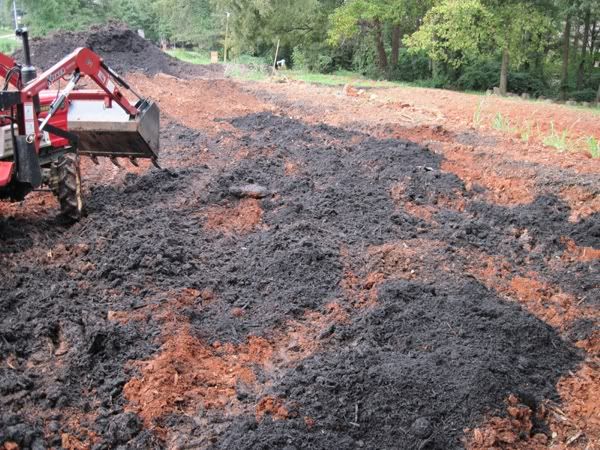
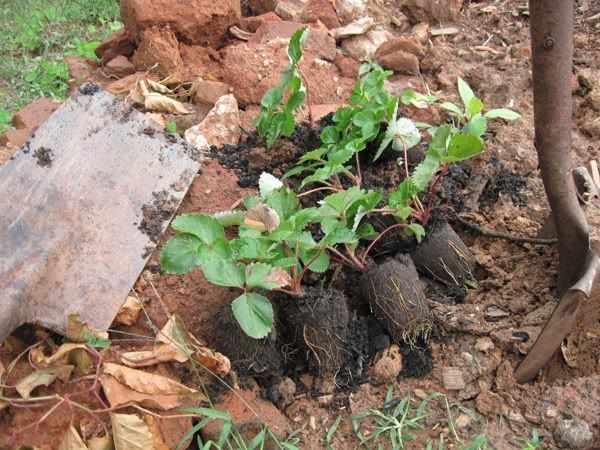
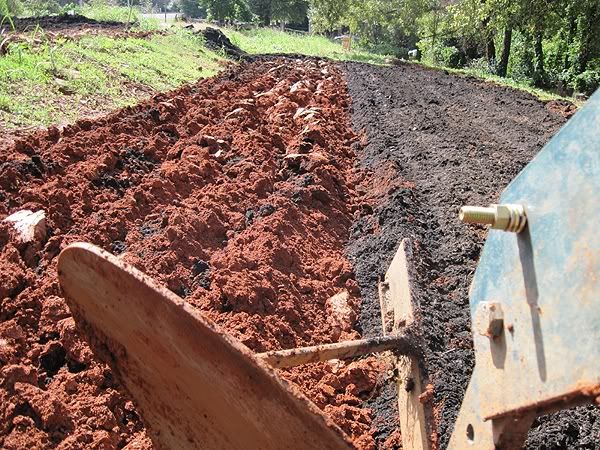
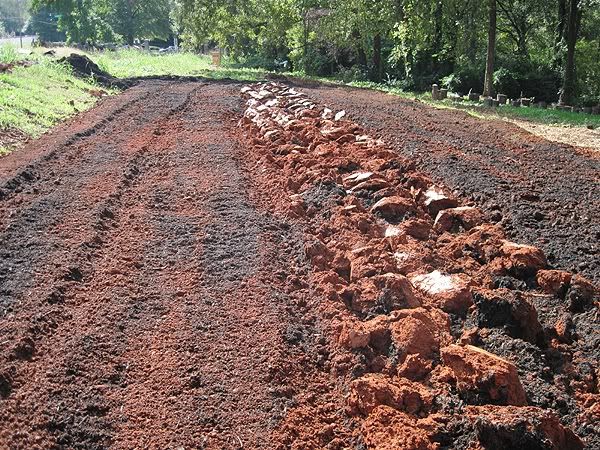
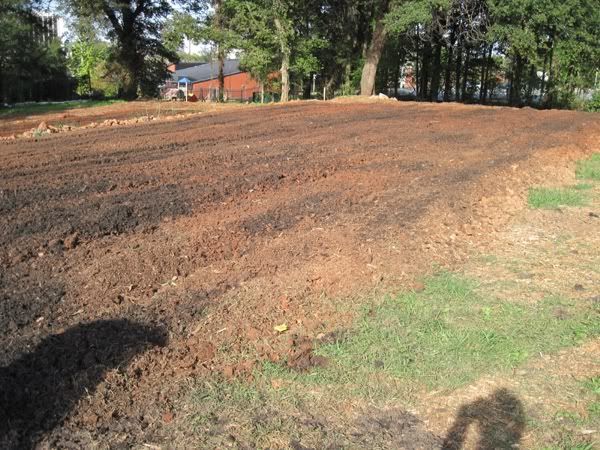

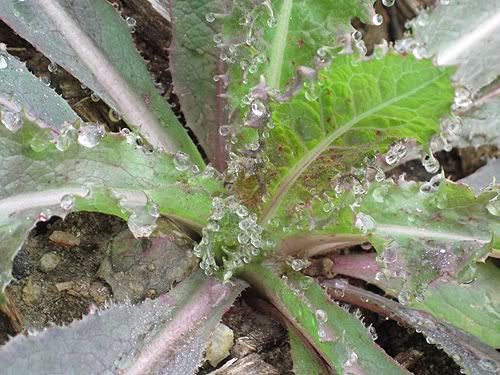
Bruce,
After you left [Sunday afternoon] I got a bit more work done before
calling it a day. I finished spreading the first layer of compost on
the top 40, then turned it under. It now looks like we didn't spread
out *any* compost, but it's all there tucked under the clay. Your
idea of spreading another 30 yards makes good sense. After that's
mixed in you could either plant rye or other cover, or sow leafy
veggies like kale, chard & spinach. Ace on Scott blvd still had lots
of plants for sale when I was there two weeks ago.
I smoothed out the bottom half closest to the dumpster & made a first
go with the plow. It was starting to sprinkle a little so I didn't
have time to pick out all of the bricks but I did get some. The
pile of wood chips by the dumpster is spread out to cover the open red
clay & to make room for the new load of compost. I also spread out
the pile of chips by the sidewalk to make it easier for the dump truck
to back in.
Oh -- I've been looking at bedder attachments for my Yanmar, and I
think I'm going to go ahead and purchase one. Bedders are sometimes
called "hillers" because that's what they do -- two discs pull dirt up
into a raised row for planting.
Bedder:
I have tomorrow off and hope to swing by and take a few more photos of
the work we did today. I still need to put up the bee pics (which
came out great btw!)
Thanks for your help today -- I'm really excited about how the garden
is taking shape!



